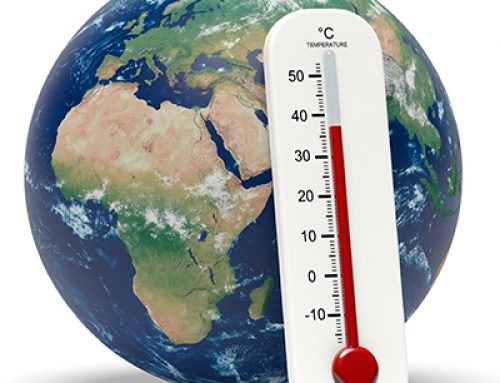POPULATION.
The term population comes from the Latin word populus, which in its usual use refers to the group formed by the people who live in a certain geographical space. The science that studies human populations is called demography . This discipline is based on the statistical study of both the human population according to its status or distribution at a specific time or according to its historical evolution, as well as the processes that determine its formation and conservation. Such processes are fertility , mortality and migratory movement . Today the world population exceeds seven billion people. Specifically, according to the World Bank in 2018 there was a population of 7,594,270 people. Among the ten most populous countries are the United States and Brazil. In a continental ranking, the American is in third position, behind Asia and Africa, slightly reaching one million inhabitants.
POPULATION DENSITY
The concept of population density refers to the distribution of population in an area. Therefore, it is a measure that takes into account two variables: total population and area (in km2). It can be affirmed that economic, cultural or social inferences cannot be made through the population density of a region, however, it is a very important piece of information for territorial planning . In the case of America, it is the second continent, behind Oceania, with the lowest value of population density with 52 inhabitants/km2 (World Bank, 2018). In this way, it is below the world average, located at 59.64 inhab./km2. This fact is the result of the fact that despite having a large area, being the second largest continent, it is not as crowded as other regions, such as the example of Asia.
PROJECTION
Since the middle of the 20th century, the total world population has gone from 2,600 million inhabitants to more than 7,500 million today. This drastic growth is due to the increase in the number of people reaching reproductive age, which generates large changes in fertility rates. It is estimated that in the next 30 years the current figure will increase by 2,000 million people. In this area, Africa is expected to be the continent that will experience more than half of the world’s population growth between now and 2050. In contrast, Europe has had a low birth rate for decades, expecting a 15% drop in population in many countries, including Bulgaria, Croatia, Hungary, Latvia, Lithuania, Romania and Ukraine.





